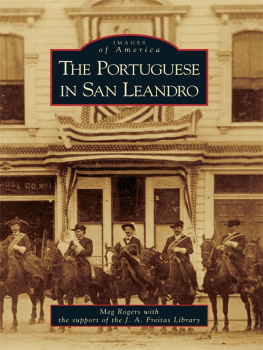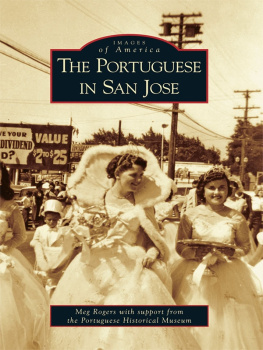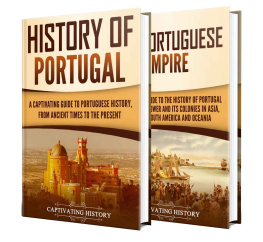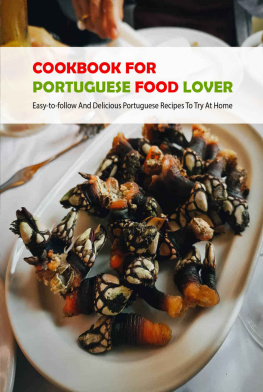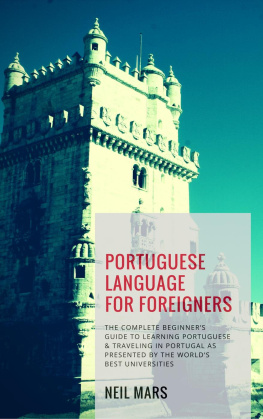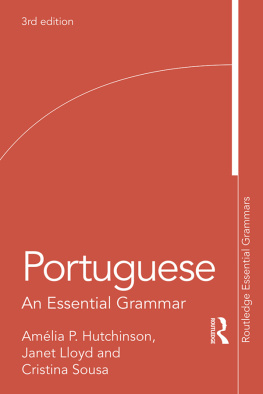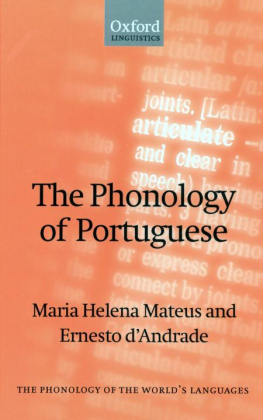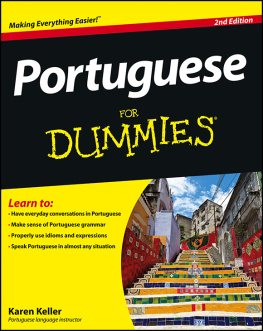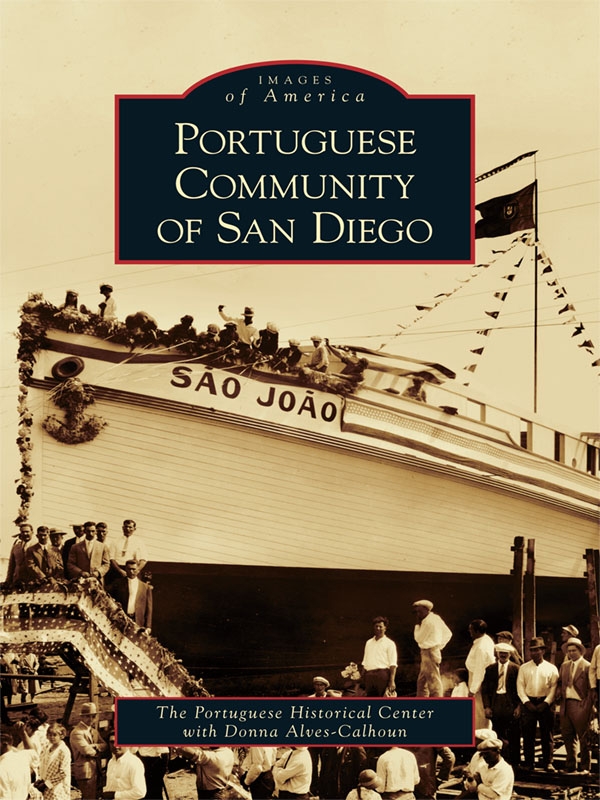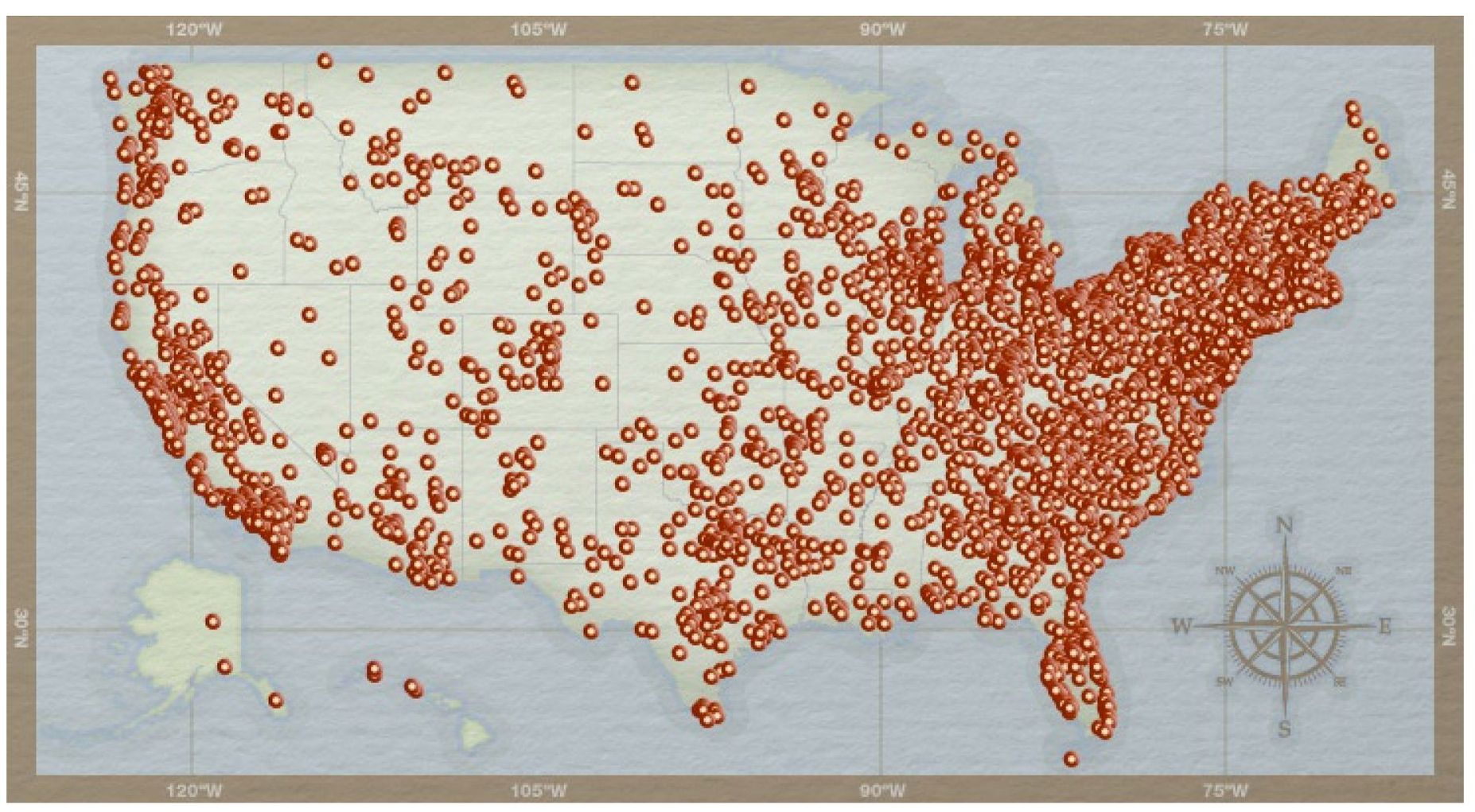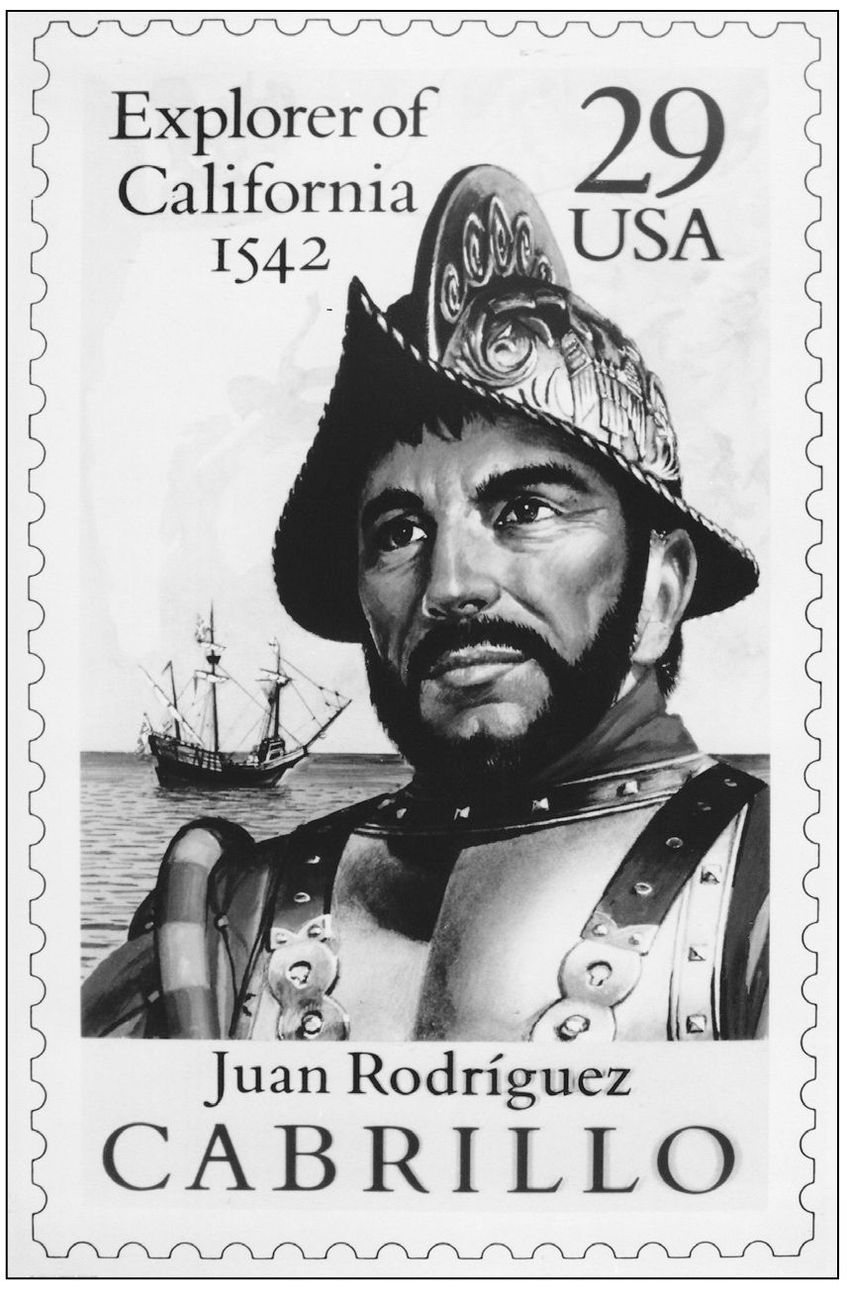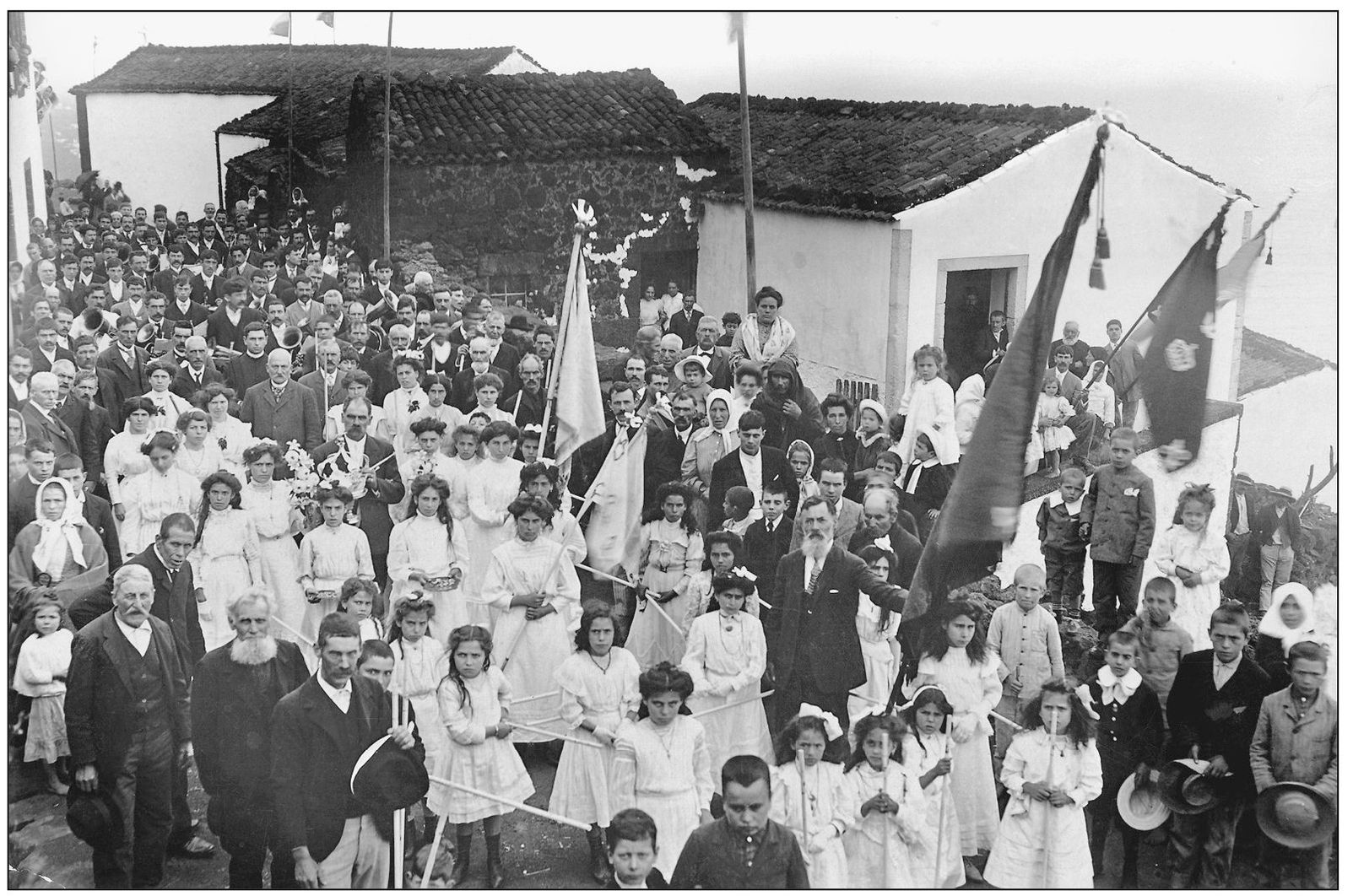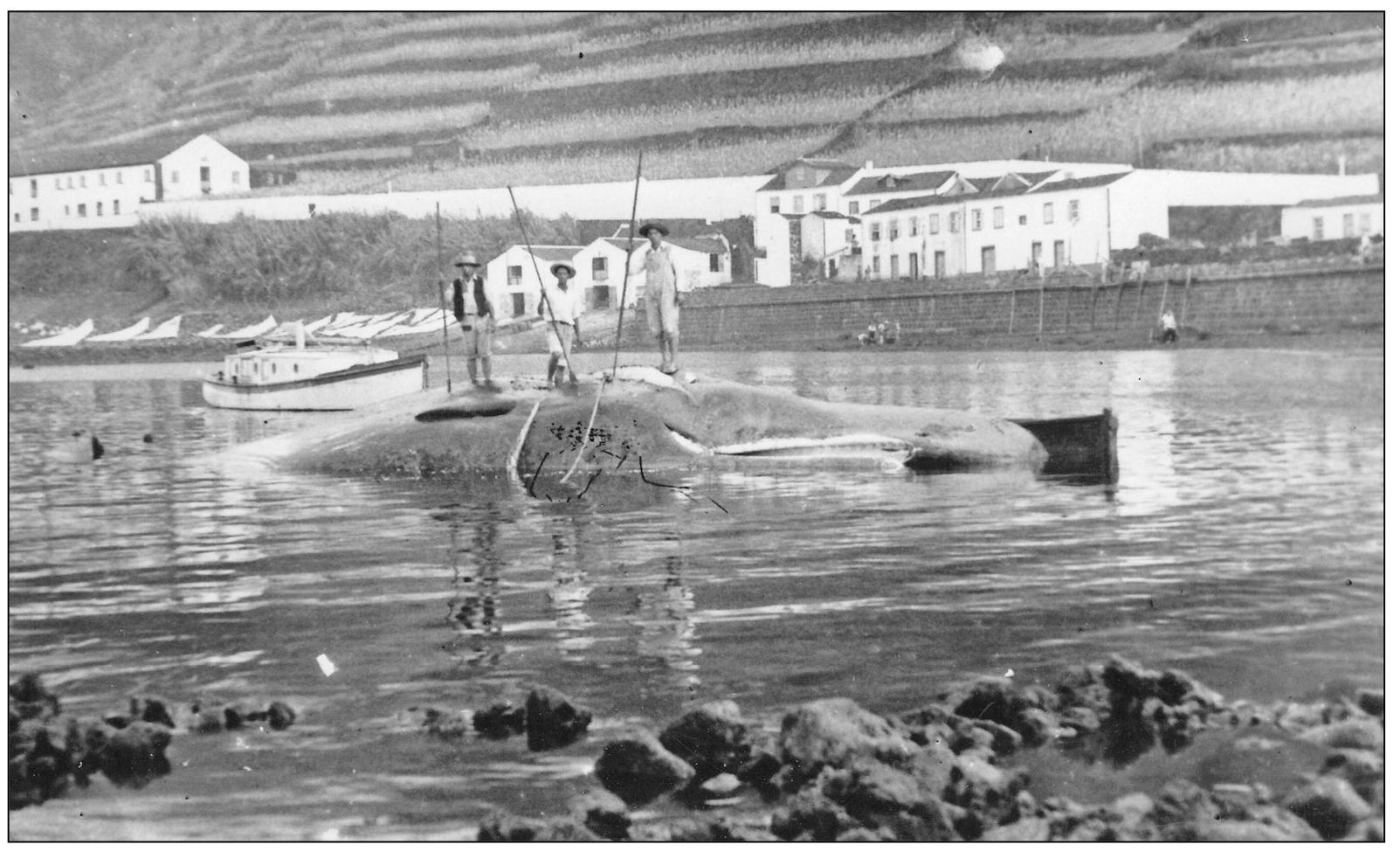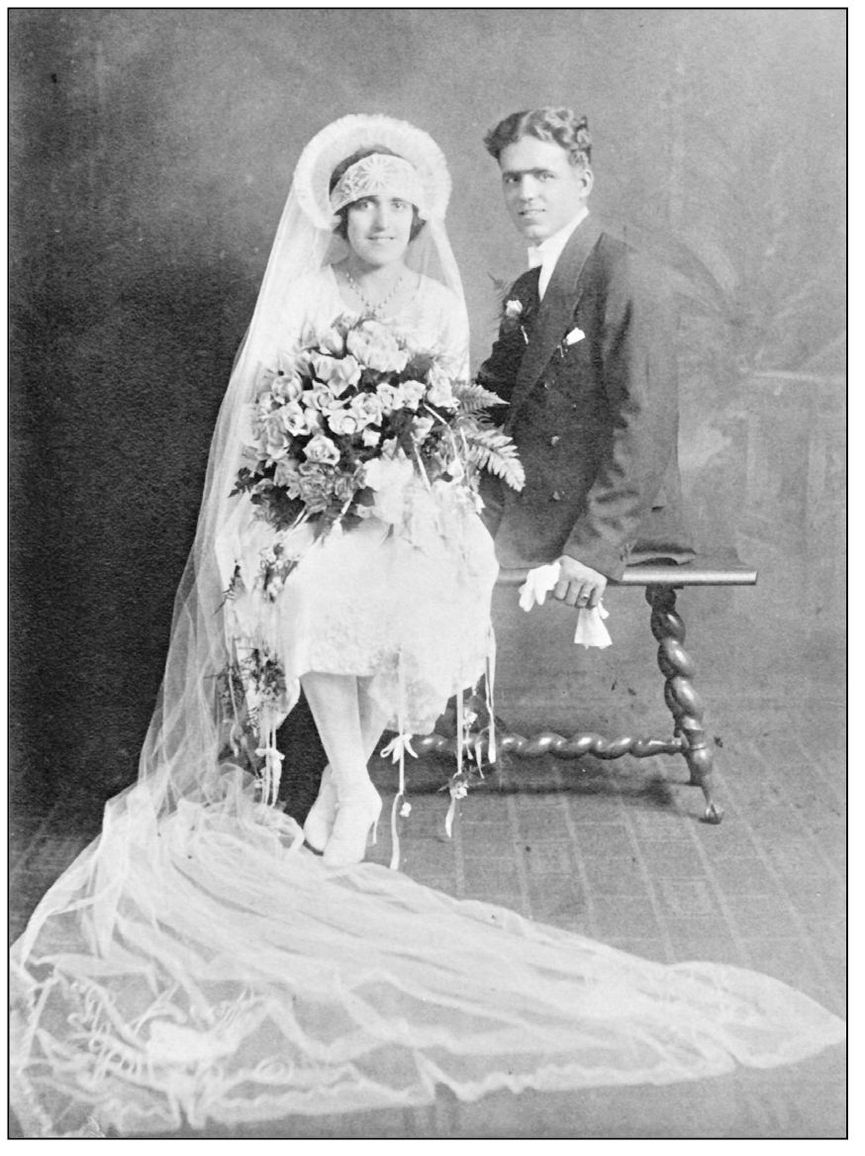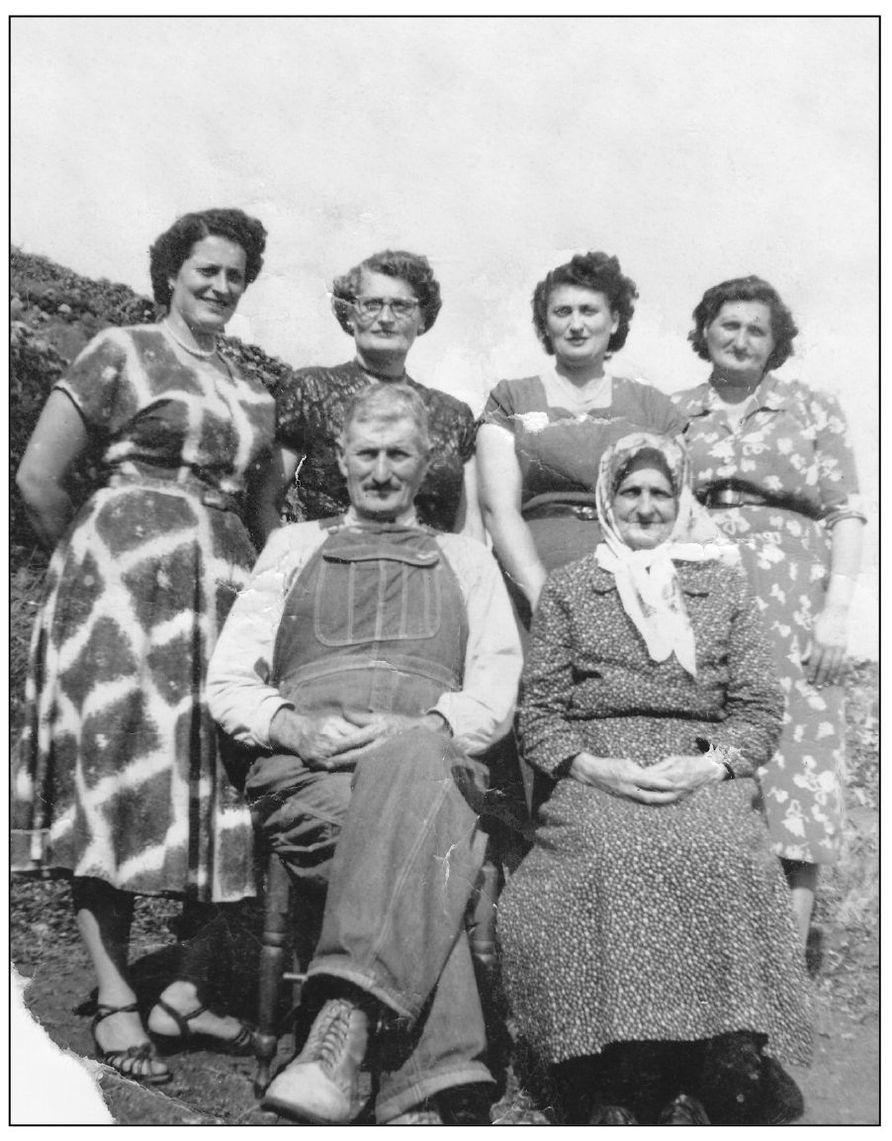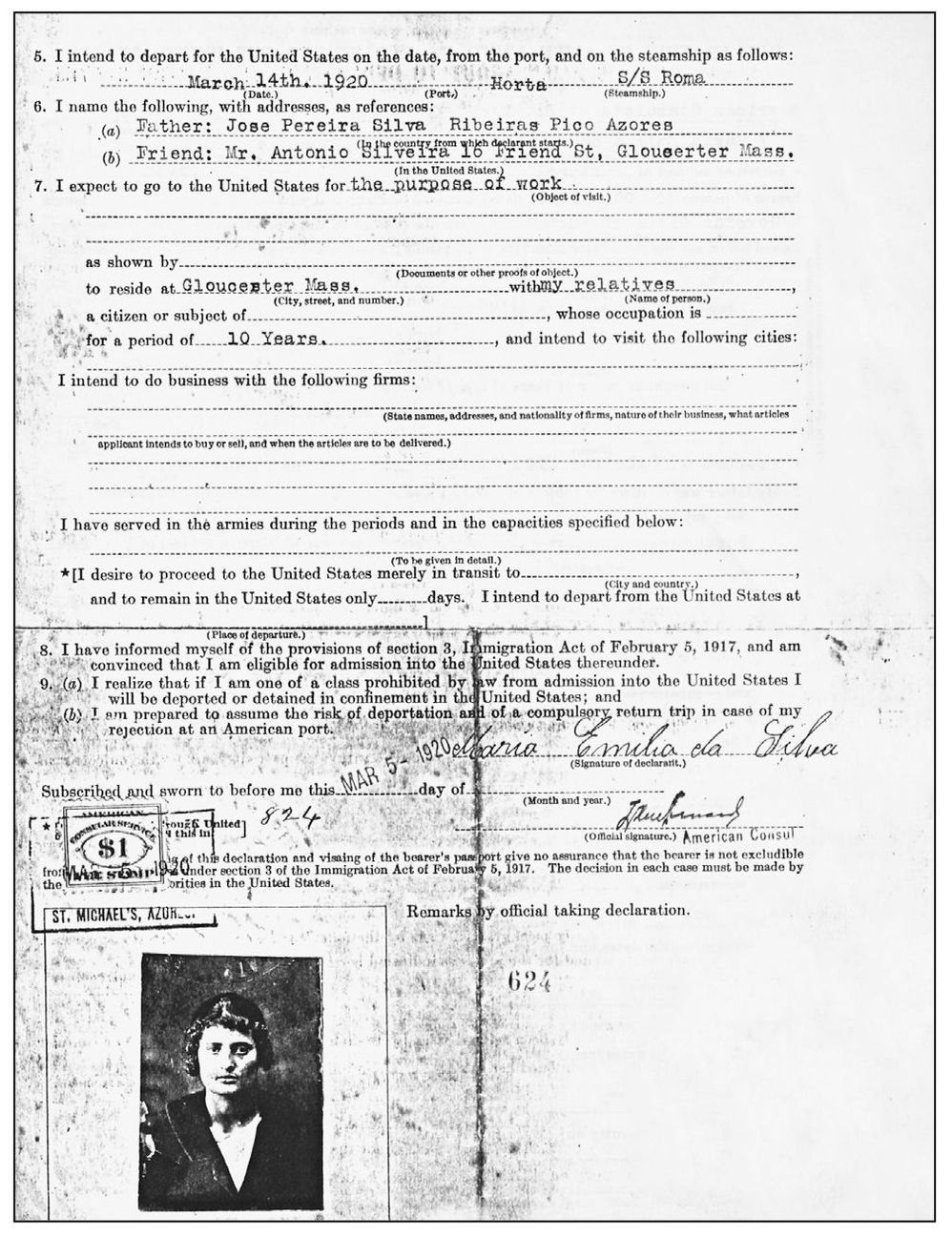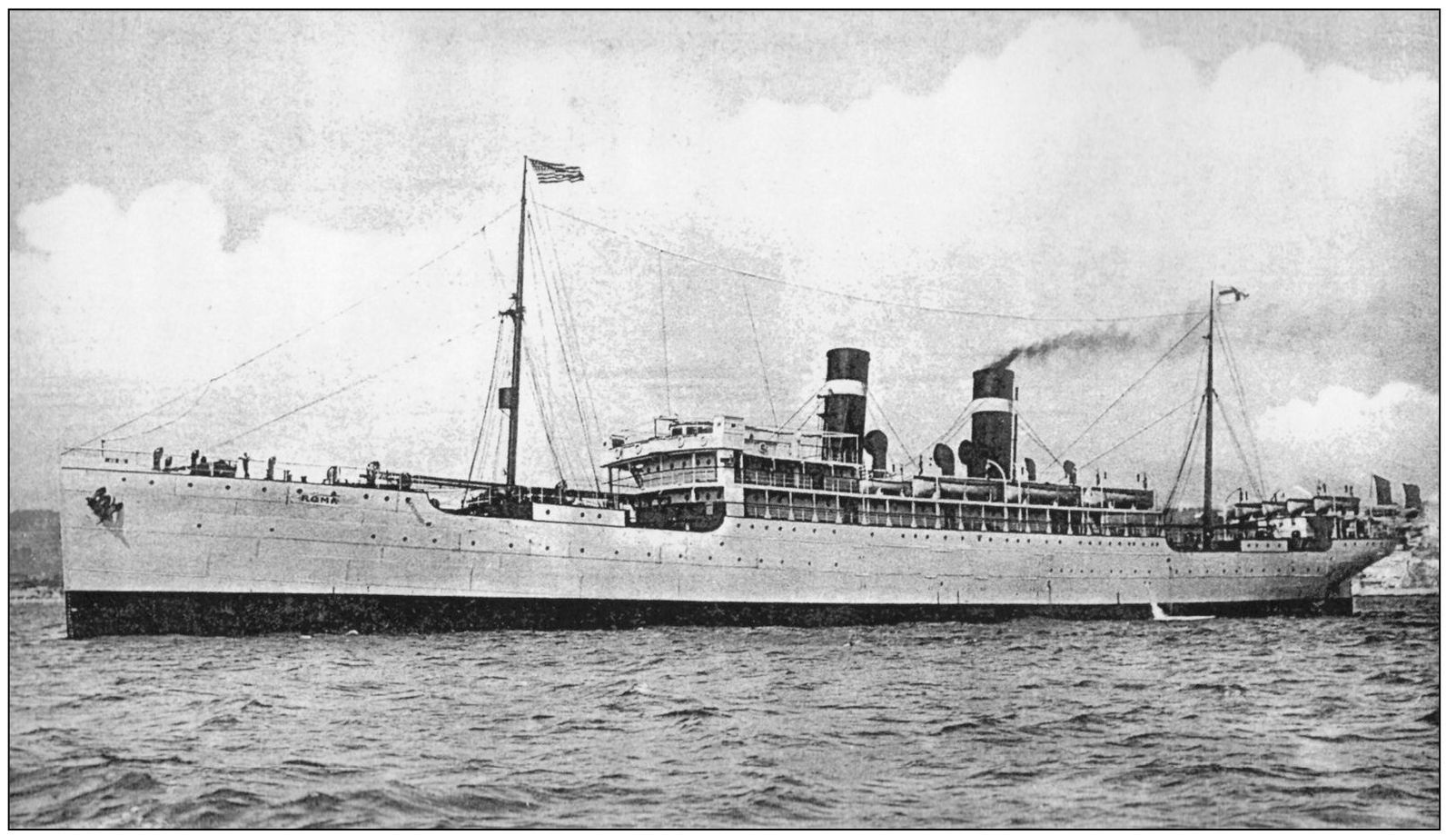ACKNOWLEDGMENTS
The Portuguese Historical Center (PHC) would like to thank first and foremost all benefactors past and present who have donated photographs and artifacts to the center so as to archive our history. We would also like to thank those that believed in our mission to preserve our heritage by supporting the center in all its endeavors. Thanks to all the contributors to this publication and their assistance, including, in no specific order: Tom Cesarini, St. Agnes Catholic Church, Fr. Mel Collier, Elsie Spondike, Helen Evans, Joe De Melo, John D. Brown, Aldina Brown Alves, Louann Sabatini, Lionel Vargas, Belmira Gonsalves, Matt and Kelly Madruga, Mary Pereira, Zita Lira, Gertrude Lauriano, Delores Madruga, Phyllis Rose, Joaos Tin Fish, Sal and Lucille Freitas, Deutilde Varley, Louise Virissimo, Delores Luz, Cathy Silva Dellenbach, Gayle Frank, Barbara Hosaka, Elsa Machado, Cecilia Santos, Mary and Leo Correia, and Carlos Silva. A special thanks goes to the all the directors of the Portuguese Historical Center for their help, support, dedication, and commitment to this project: Therese Garces, Rosemarie Silva, Diana Balelo, Daniel Silva, Virginia Corriea, Mary Giglitto, Aldina Alves, Shirley Virissimo, Andrea Da Luz, Barbara Moffat, Caprice Ribero-Virissimo, and Jordan Lubauch.
I would like to thank Debbie Seracini at Arcadia Publishing, who was very instrumental and patient in helping me write this book from the beginning to the end.
Heartfelt thanks and gratitude goes to PHC director Shirley Virissimo for her incredible dedication, guidance, and creativity in researching and designing this book with me. I would also like to thank my beautiful family for their support and patience during this venture. Without Craig, Louann, and Sydney it would have never been possible. I give my gratitude to attorney August Felando for his expertise and assistance regarding the YP and tuna industry. A big thank you goes to Jimmy Lira Jr., who provided valuable information and photographs for the tuna seiner history.
All proceeds of this book will go to support the Portuguese Historical Center in Point Loma; the center can be contacted at www.phcsandiego.org or 619-223-8895. Unless otherwise noted, all images appear courtesy of the Portuguese Historical Center.
Find more books like this at
www.imagesofamerica.com
Search for your hometown history, your old
stomping grounds, and even your favorite sports team.
One
DISCOVERING A NEW BEGINNING
EXPLORER JOO RODRIGUES CABRILHO. Commemorated for his exploration and discovery of California, in 1993 the U.S. Postal Service honored Cabrilho with a 29 stamp. One of his many landings included Ballast Point in 1542, claiming new territories for Spain. He unknowingly started the arrival of Portuguese immigrants with the hopes of a new life in a land of great opportunity decades later.
EARLY IN THE 20TH CENTURY. A great blend of Portuguese immigrants emigrated from the mainland of Portugal, as well as the Azorean and Madeira Islands, and started a move toward the United States. Arriving in several areas of the East Coast, they produced a new and diverse mix of traditions, folklore, and faith. Entering through Bar Harbor and Ellis Island, many remained on the East Coast until they had the means to venture west. Shortly thereafter, a new wave of movement began toward an area in California known as San Diego, and the foundation of the Portuguese community there was quickly set in motion.
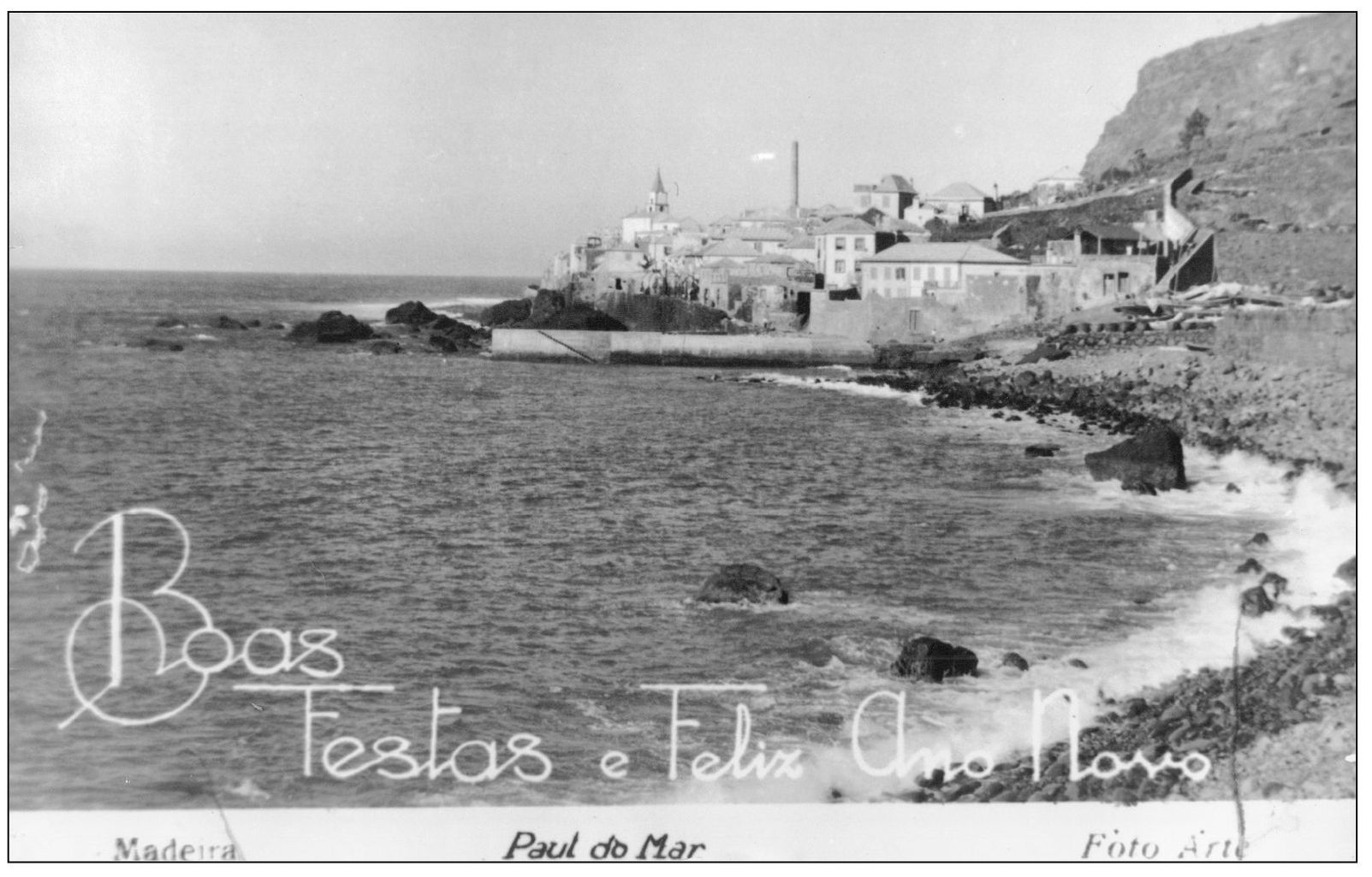
LAGES WHALING STATION. The Portuguese tradition of fishing began with whalers that hunted the large mammal for oil for many generations. It is a custom that followed the Portuguese to the East and West Coasts of America. Two men are stopping to take a photograph with a whale, or balea , that was caught off the local waters of Pico, Azores, in the town of Lages. Whaling was an essential way of life, but it also a dangerous occupation, and many were injured during the hunts. (Courtesy Joe De Melo.)
THE FRANK-MACHADO MARRIAGE, 1920S. Emigrating from the island of Madeira, Portugal, this couple eventually settled in San Diegos Portuguese community to join the tuna industry. (Courtesy of Gayle Frank.)
NATURALIZATION. The naturalization process was tedious and long. Sometimes it could take up to 10 years to receive citizenship, and documentation was very important to acquire jobs and status as an American. Shown here are the naturalization papers of Anna Fernandes Francisco. (Courtesy of Delores Luz.)
THE DA SILVA FAMILY. Originating in Pico, Azores, the Da Silva family had four daughters that all immigrated to the United States and established their lives in San Diego. Often siblings were left behind with the parents until one could send for them at a later date. All four Da Silva sisters are pictured at left when they reunited in Pico, Azores, to visit with their parents for the summer festas . From left to right are (first row) Joo Da Silva and Isabel Da Silva; (second row) Isabel Bettencourt, Maria Emilia Brown, Inez Rosa, and Isauda Da Silva. (Courtesy of Maria Melo.)
MARIA EMILIA DA SILVA. Immigrating to the United States in 1920 at the age of 17, Maria Emilia sailed on the SS Roma from Pico Island in the Azores. These were her immigration papers at the point of entry through Ellis Island. Her parents arranged for a Portuguese family with a boardinghouse in Gloucester, Massachusetts, to become her sponsors, while she took employment in the Universal Coat Factory and later worked at the Gortons Fisheries. (Authors collection.)
THE SS ROMA . This steamship was built for the Fabre Line in 1902 and ran a MediterraneanNew York service. Weighing 5,291 gross tons with a steam triple expansion engine, twin screws, and a double mast and funnels, she proudly housed 54 first-class and 1,400 third-class passengers. Many Portuguese immigrants embarked on this vessel in route to America. (Authors collection.)



